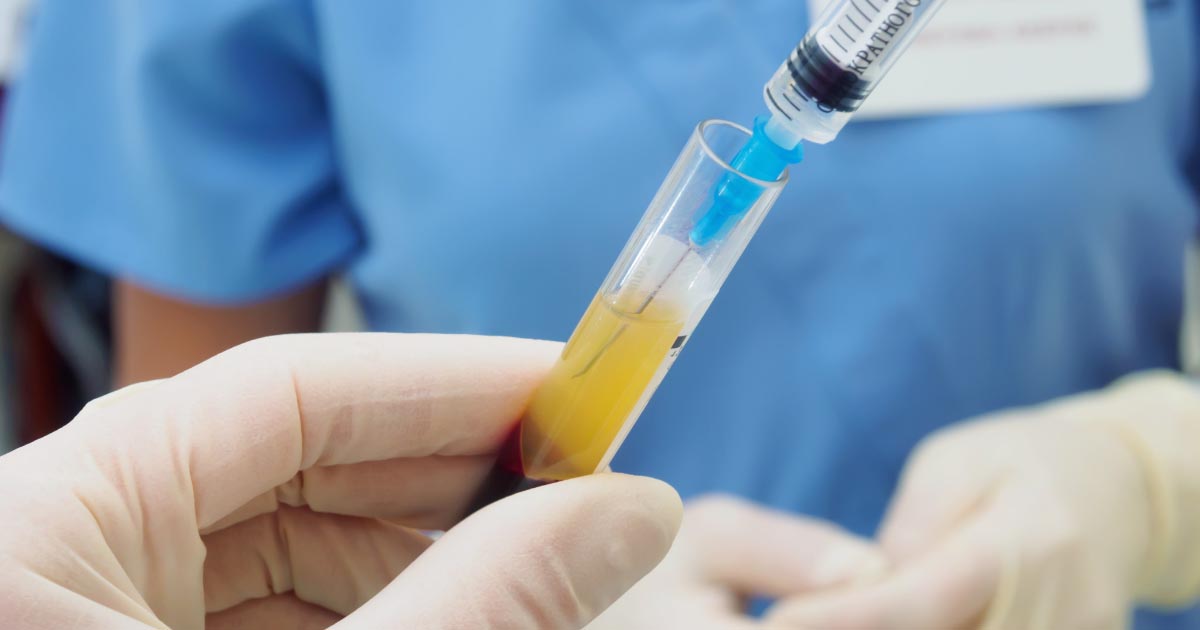How To Treat Diamond-Blackfan Anemia
When an individual has bone marrow in their body that cannot produce a sufficient amount of red blood cells to replace the naturally dying red blood cells, they have a disorder called Diamond-Blackfan anemia. A defective ribosomal protein gene is what causes the development of Diamond-Blackfan anemia. This defective gene causes the organelles called ribosomes in the patient's cells to be unable to produce certain types of proteins needed for the formation of enough healthy red blood cells. Most individuals affected by this form of anemia experience symptoms such as fatigue, pale skin color, breathlessness, dyspnea, short stature, thumb defects, defects in the heart, neck abnormalities, face abnormalities, kidney defects, and head abnormalities. Diamond-Blackfan anemia is diagnosed with the use of blood tests, genetic testing, bone marrow biopsy, bone marrow aspiration, and physical examination.
Diamond-Blackfan anemia can be treated in several ways. Learn about them now.
Use Of Corticosteroids

Corticosteroids are a class of numerous powerful and potent medications utilized in the treatment of many different diseases. For a Diamond-Blackfan anemia patient, corticosteroid medications can help stimulate the body to produce more red blood cells. In the treatment of Diamond-Blackfan anemia, the goal is to keep the patient's hemoglobin at an acceptable value of approximately ten grams per deciliter by taking just enough of a corticosteroid. Initially, corticosteroids are prescribed to an individual affected by Diamond-Blackfan anemia for several weeks to see if the hemoglobin in their body increases. If the individual's hemoglobin levels do increase, the medication is then slowly titrated down in dosage. If their hemoglobin level drops too low, they may be prescribed a larger dose of corticosteroid medication that will be kept the same or slowly decreased once their hemoglobin levels have reached an adequate value. A patient treated with this method may grow resistant to its mechanism of action and require additional treatments.
Continue reading to reveal more options for treating Diamond-Blackfan anemia now.
Blood Transfusions

A blood transfusion a method of treatment utilized for countless conditions where a healthy individual's blood is given to someone who is ill, diseased, or injured. Blood transfusions are sometimes administered regularly to treat various disorders. The donor blood is administered through a catheter installed in a vein or a more permanent intravenous port device on the patient's body. For chronic diseases and conditions, blood transfusions are administered at intervals of between four and six weeks in a hospital, physician's office, or outpatient treatment center. Because Diamond-Blackfan anemia patients have bone marrow that cannot make enough red blood cells for their body, blood transfusions can provide their body with more red blood cells to take the place of what is missing. Blood transfusions are utilized in individuals affected by Diamond-Blackfan anemia when other types of treatment like corticosteroids have not been effective, side effects of other treatments are not well tolerated, and when their anemia is particularly severe and causes life-threatening complications.
Learn more about treating Diamond-Blackfan anemia now.
Stem Cell Transplant

Stem cell transplant is a method of treatment where hemopoietic or blood-forming stem cells are taken from a donor and transplanted into an individual who is ill to help cure or treat their condition. Only a close biological relative or a specially matched donor can donate stem cells to a patient in need. Stem cell transplants are used for numerous different conditions that can cause bone marrow to be unable to perform its function. Donor stem cells integrate into the bone and form new bone marrow to replace diseased and dead bone marrow that can no longer produce enough blood cells for the individual's body. Diamond-Blackfan anemia patients can benefit from stem cell transplant because it is the only known potential cure for the disease. However, few patients affected by bone marrow failure diseases like Diamond-Blackfan anemia are eligible to undergo stem cell transplants because the procedure has harsh side effects. An individual who is to undergo a stem cell transplant must have chemotherapy before the procedure to effectively clear the diseased or malfunctioning bone marrow from the bones before the transplant. If the patient is unable to tolerate chemotherapy, they cannot undergo a stem cell transplant.
Get more information on how to treat Diamond-Blackfan anemia now.
Chelation Medication

Chelation medication is a form of treatment utilized to remove certain metals from an individual's body. The medication works by binding to the compound and allowing it to be effectively eliminated from the body through the urine and stool. Chelation medication is most often used in conditions that cause an abnormal buildup of iron in the patient's body. Chelation medication is needed for Diamond-Blackfan anemia patients when they are undergoing blood transfusions to increase their number of red blood cells but experience an accumulation of too much iron due to the transfusion. The human body does not have any natural mechanism to dispose of excessive iron, so the iron in donor blood can begin to accumulate to levels that are unsafe and toxic for the recipient's organs. Because the iron in the blood transfusions is not able to be removed before being administered to the patient, the only way to keep iron levels acceptable with blood transfusions is the use of iron chelation medications.
Reveal more treatments for Diamond-Blackfan anemia now.
Treatment Of Side Effects

All treatments used on Diamond-Blackfan anemia patients carry potential adverse side effects, and based on these side effects, additional treatments may be necessary. Corticosteroid medication is often the first line of treatment for Diamond-Blackfan anemia, but a good portion of patients find they are unable to tolerate this type of medication. Corticosteroids can produce side effects such as weight gain, mood swings, blurry vision, increased body hair growth, easy bruising, puffy face, acne, osteoporosis, high blood pressure, stomach irritation, worsening of diabetes, water retention, cataracts, glaucoma, sleep difficulties, restlessness, nervousness, low infection resistance, and muscle weakness. Blood transfusions can cause iron overload. When too much iron builds up in the body, it becomes toxic to vital organs like the liver and heart. Iron toxicity in these tissues can cause extensive damage and permanently compromise the function of the affected organs. Stem cell transplants for Diamond-Blackfan anemia can also produce adverse effects like graft rejection and graft-versus-host disease, where an individual experiences skin inflammation, liver disease, and or diarrhea as a reaction to the transplanted stem cells.